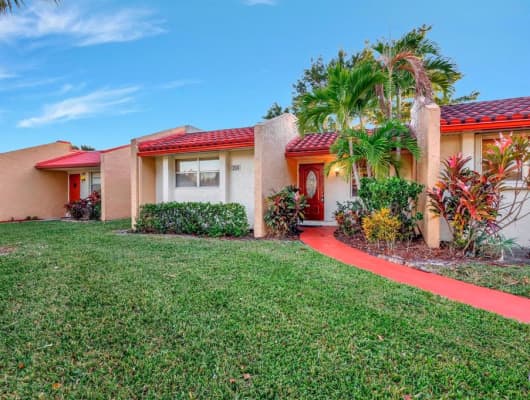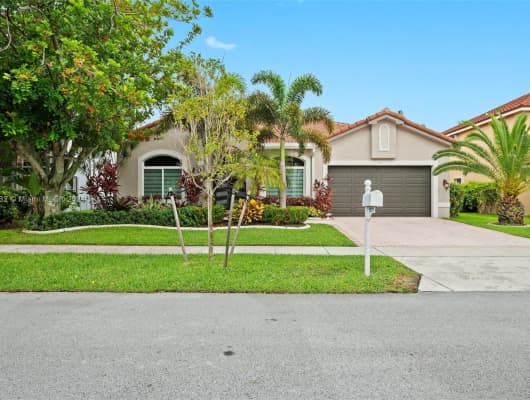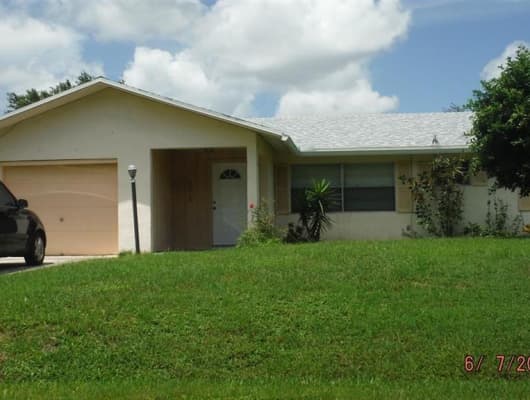🔐 Locked In: The Housing Market’s Paradox
As a seasoned real estate professional in South Florida, I’ve witnessed firsthand the profound impact of the lock-in effect on the housing market. This phenomenon, where homeowners are reluctant to sell their properties due to the allure of low mortgage rates, has created a paradoxical situation that is both fascinating and challenging.
The lock-in effect is a double-edged sword, offering homeowners significant financial benefits while simultaneously constraining the housing market’s fluidity. On one hand, homeowners with mortgage rates below 3.5% are reaping the rewards of substantial monthly savings, with some pocketing an average of $511 per month compared to those who would take out new loans at over 7% rates. Collectively, this amounts to a staggering $3 trillion in savings nationwide, a compelling incentive for homeowners to remain locked into their current properties.
However, this financial advantage comes at a cost to the broader housing market. The reluctance of these homeowners to sell and potentially take on higher mortgage rates has severely limited housing inventory. In fact, the lock-in effect resulted in a 57% reduction in home sales with fixed-rate mortgages in Q4 2023 compared to normal levels, according to industry data. This shortage of available homes has far-reaching consequences, contributing to higher home prices and making it increasingly difficult for prospective buyers, particularly first-time homebuyers, to enter the market.
The impact of the lock-in effect extends beyond just the numbers. It has a profound effect on the lives of countless families across the country. Young families, once content in their starter homes, now find themselves outgrowing their living spaces, yet the financial disincentive of taking on a higher mortgage rate keeps them trapped. Similarly, empty nesters who may have previously considered downsizing are now hesitant to do so, as the prospect of a significantly higher monthly payment outweighs the benefits of a smaller, more manageable home.
As a real estate authority in South Florida, I’ve witnessed these challenges firsthand. Clients who once eagerly anticipated their next move now find themselves in a holding pattern, torn between the desire for a change and the financial realities of the current market. It’s a delicate balance, one that requires careful navigation and a deep understanding of the local market dynamics.
Despite these challenges, there is hope on the horizon. As mortgage rates gradually stabilize and the housing market adjusts, we may see a gradual easing of the lock-in effect. Homeowners who have been patiently waiting for the right opportunity may finally feel emboldened to make their move, unlocking a wave of new inventory and breathing life back into the market.
In the meantime, it’s crucial for real estate professionals like myself to adapt and innovate. We must find creative solutions to help our clients navigate this unique landscape, whether it’s exploring alternative financing options, leveraging our extensive market knowledge to identify hidden gems, or simply providing guidance and support throughout the decision-making process.
The lock-in effect is a testament to the ever-evolving nature of the housing market, a constant reminder that even in the face of challenges, opportunities exist for those willing to embrace change and think outside the box. As a real estate authority, it’s my responsibility to stay ahead of the curve, anticipating trends and adapting my strategies to best serve the needs of my clients.
While the lock-in effect may have temporarily disrupted the natural flow of the housing market, it has also highlighted the resilience and adaptability of the industry. As we navigate these uncharted waters together, I remain optimistic about the future, confident that our collective ingenuity and dedication will ultimately pave the way for a more balanced and sustainable housing market.












No Comments